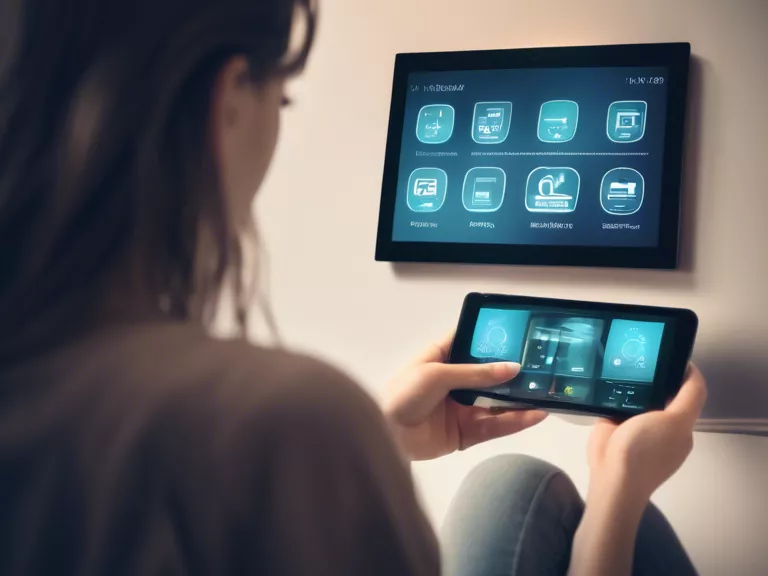
With the advancement of technology, smart home apps are becoming increasingly popular for seamless device integration. These apps allow users to control various aspects of their homes such as lighting, security systems, thermostats, and more from a single platform. This article will explore the rise of smart home apps and how they are revolutionizing the way we interact with our homes.
One of the key benefits of smart home apps is the convenience they offer. Instead of having to individually control each device in your home, these apps allow you to manage everything from one central hub. This not only saves time but also provides a more streamlined and efficient way of controlling your home environment.
Another advantage of smart home apps is the ability to create customized routines and schedules. For example, you can program your lights to turn on and off at specific times, or set your thermostat to adjust its temperature based on your daily routine. This level of customization allows for a more personalized and tailored experience in your home.
Furthermore, smart home apps often incorporate voice control and integration with virtual assistants such as Amazon Alexa or Google Assistant. This hands-free control makes it even easier to manage your home devices, allowing you to simply speak commands to activate different functions.
In addition, smart home apps typically provide real-time notifications and alerts, giving you peace of mind when you're away from home. You can receive notifications about unusual activity, such as a door being opened or motion detected in your home, allowing you to take immediate action if necessary.
Overall, the rise of smart home apps represents a shift towards a more connected and intelligent home environment. With their seamless device integration, convenience, customization options, and advanced features, these apps are transforming the way we interact with our living spaces.



